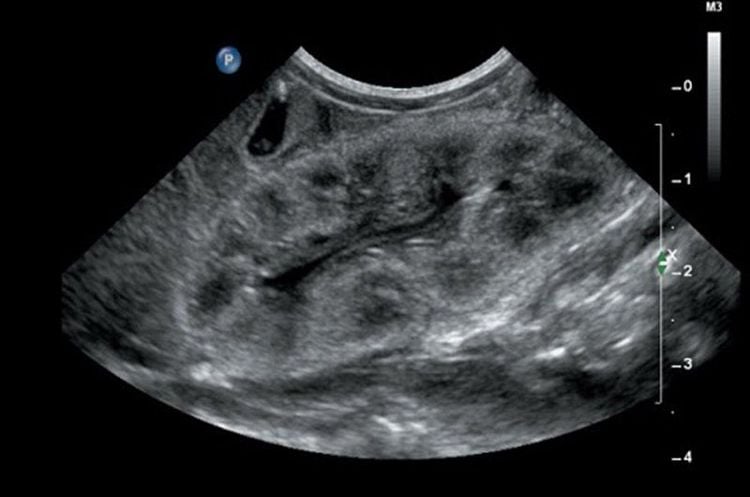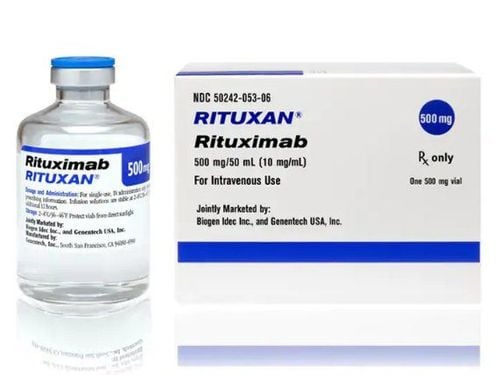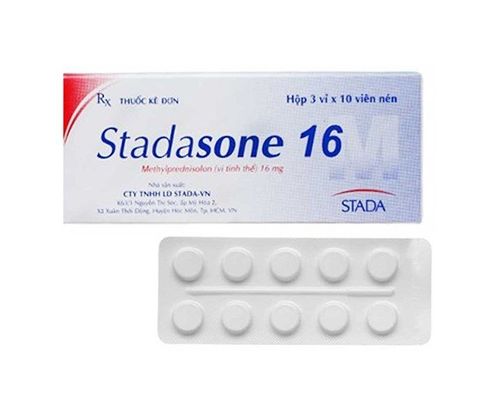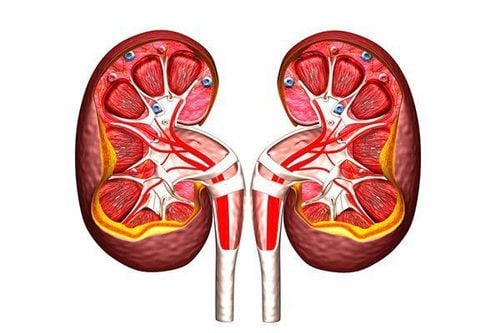This is an automatically translated article.
Inflamed kidneys caused by lupus, also known as lupus nephritis, can have long-term effects, ranging from benign lesions of unknown cause to more serious damage, including including kidney failure. Early diagnosis and prompt treatment help patients avoid further progression of the disease.
1. How many types of lupus nephritis?
According to WHO, people with lupus nephritis are divided into 6 main categories, numbered I through VI.
Type I - Normal glomeruli: The patient has no clinical manifestations of kidney disease, urinalysis and renal function are normal. Type II – Mesangial lupus glomerulonephritis: Approximately 25-50% of patients have moderate proteinuria. Presence of blood in the urine, possibly with minimal proteinuria. Nephrotic syndrome is rare. Type III – Local and segmental proliferative lupus glomerulonephritis: Approximately 15-25% of patients have impaired renal function and about one-third of patients have nephrotic syndrome. Type IV – Diffuse proliferative lupus glomerulonephritis: More than 50% of patients have nephrotic syndrome, accompanied by impaired renal function. Up to 30% of patients progress to end-stage chronic renal failure, so this is considered the most severe type of lesion. In particular, if there is a diffuse sickle lesion, renal failure can progress rapidly. Some cases of disseminated latent glomerulonephritis have few clinical manifestations and can only be identified through biopsy.

Viêm vi cầu thận lupus tăng sinh lan tỏa có thể gây tiến triển suy thận nhanh chóng
Type V – Membranous lupus glomerulonephritis (membranous lupus glomerulonephritis): Nephrotic syndrome is the most common clinical manifestation, accounting for 90%. However, this condition is rarely accompanied by impaired renal function (only 10%). The prognosis of patients with lupus type V is better than that of type IV. Most of the clinical manifestations are nephrotic syndrome (90%) but rarely accompanied by impaired renal function (10%). In general, the prognosis is better than that of type IV. Type VI – Advanced glomerulonephritis: common in patients with kidney inflammation from several years ago. This is the late stage. Clinical manifestations often include renal failure, hypertension, nephrotic syndrome.
2. Diagnosis of lupus nephritis
If your doctor suspects that you have lupus nephritis, your doctor will order you to perform some tests. A common sign in patients with lupus nephritis is blood in the urine or foamy urine. There may also be swelling in the feet, high blood pressure. Some tests to diagnose lupus nephritis include:
Blood tests: Identify elevated levels of waste products, such as urea, creatinine. These are products that are filtered out by the kidneys. Urinalysis: To measure kidney function. Determine the concentration of proteins, white blood cells and red blood cells. 24-hour urine collection: This test measures the kidneys' ability to selectively filter waste. Determine how much protein appears in 24-hour urine. Iothalamate clearance test: This test helps your doctor determine if your kidneys are filtering effectively using a contrast dye. Inject radioactive iothalamate into your bloodstream, and then check how it is excreted in your urine. To determine the filtration rate of the kidneys, this is considered the most accurate test. Kidney biopsy: Your doctor will remove a small portion of kidney tissue for analysis. This is considered the most accurate test for diagnosing kidney inflammation. This method also helps to determine the severity of the disease. It is also the only invasive way to diagnose kidney disease. Ultrasound: Creates detailed images of the kidneys using sound waves. This test helps your doctor identify abnormalities in the size and shape of your kidneys.

Siêu âm thận giúp bác sĩ quan sát và đánh giá những bất thường của thận
3. Treatment of lupus nephritis
There is no cure for lupus nephritis. The goals of treatment are to:
Reduce symptoms or make them go away (in remission) Avoid getting worse Maintain remission Avoid dialysis or a kidney transplant To treat lupus nephritis , your doctor will assign you to perform a number of following methods, based on your medical condition, including:
3.1 Conservative treatment Dietary changes: Limiting the amount of protein and salt in the diet to improve kidney function
Drink enough water to avoid dehydration Avoid smoking and alcohol Regularly exercise Maintain a healthy, stable blood pressure Limit cholesterol However, conservative treatment alone is not effective for in patients with lupus nephritis.
3.2 Use of immunosuppressive drugs For severe lupus nephritis, you can take medicine that slows or stops the immune system from attacking healthy cells, such as:
Steroids, such as prednisone Cyclosporine Tacrolimus Cyclophosphamide Azathioprine (Imuran) Mycophenolate (CellCept) Rituximab (Rituxan)

Sử dụng thuốc ức chễ miễn dịch để ngăn chặn bệnh tiến triển nặng hơn
If the condition still does not improve after applying immunosuppressive therapies, a number of other drugs can be used, including:
Corticosteroids: Strong anti-inflammatory drugs that can reduce inflammation. Patients should take medication until lupus nephritis improves. Because these drugs can cause a range of serious side effects, patients should be carefully monitored. Doctors usually reduce the dose when symptoms begin to improve. Immunosuppressive drugs: These drugs are related to those used to treat cancer or to prevent rejection of transplanted organs or to block the action of the immune system that damages the kidneys. . These include cyclophosphamide (Cytoxan), azathioprine (Imuran), and mycophenolate (Cellcept). Medicines to prevent blood clots or lower blood pressure if needed: Even with treatment, the disease can progress and lead to loss of kidney function. If both kidneys are affected, people with lupus nephritis need dialysis. The process of filtering the blood through a machine to remove waste products from the body. For patients with lupus nephritis progressing to kidney failure, treatment options include:
Dialysis: Dialysis helps remove fluid and waste from the body, maintaining a balance of minerals in the blood. blood pressure and blood pressure control. Kidney transplant: Patients with lupus nephritis need a kidney transplant if the kidneys can no longer function, in addition, the patient needs to take additional medications to help the immune system not to reject the transplanted kidney. Vinmec International General Hospital with a system of modern facilities, medical equipment and a team of experts and doctors with many years of experience in medical examination and treatment, patients can rest assured to visit. and hospital treatment.
To register for examination and treatment at Vinmec International General Hospital, you can contact Vinmec Health System nationwide, or register online HERE.
References: mayoclinic.org, mayoclinic.org













